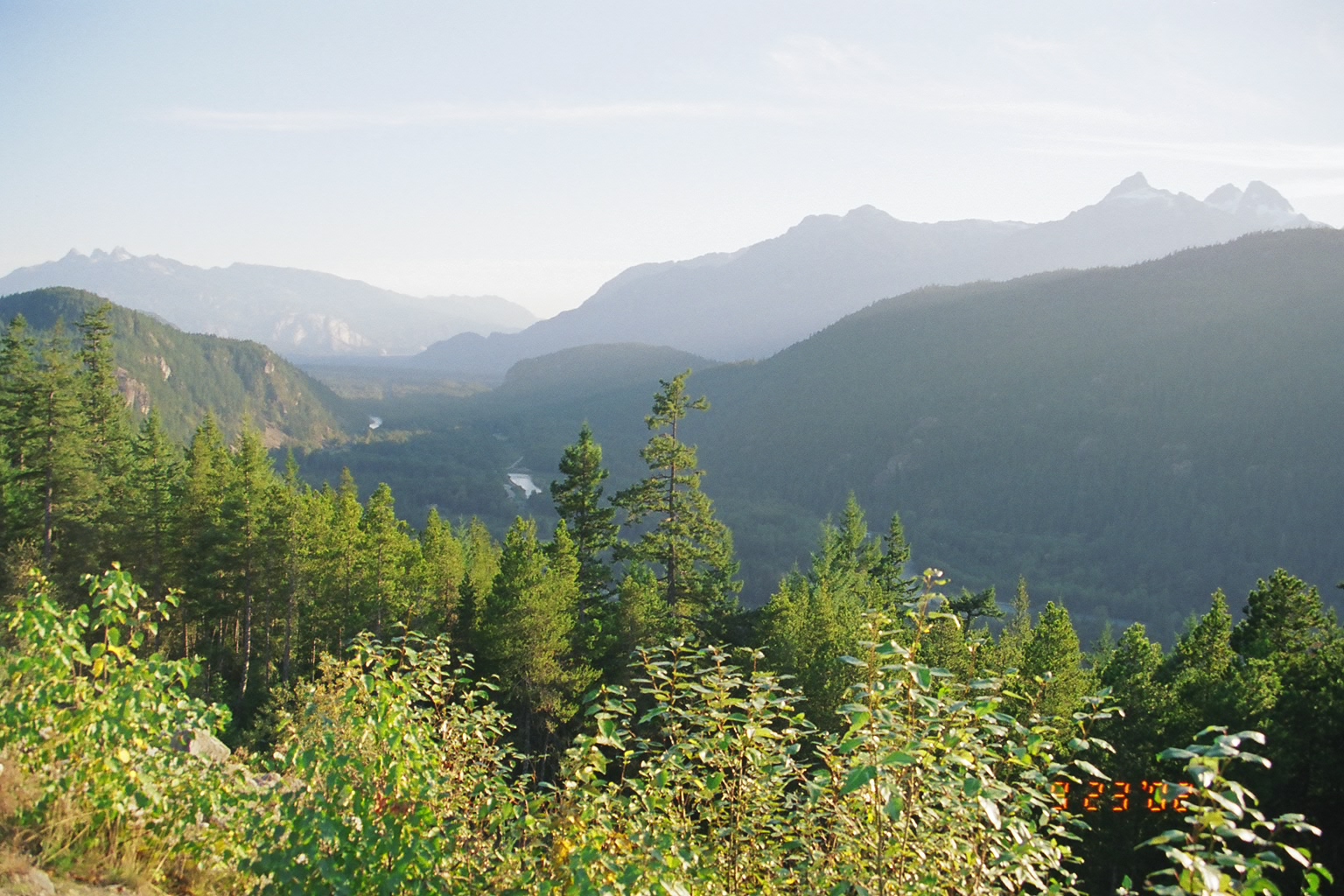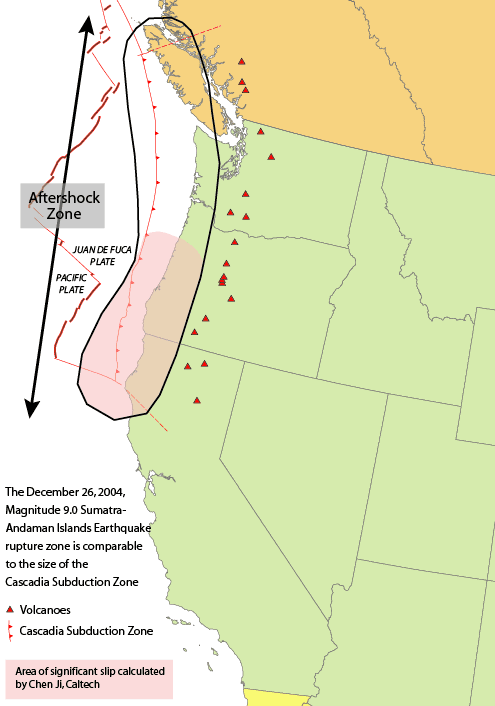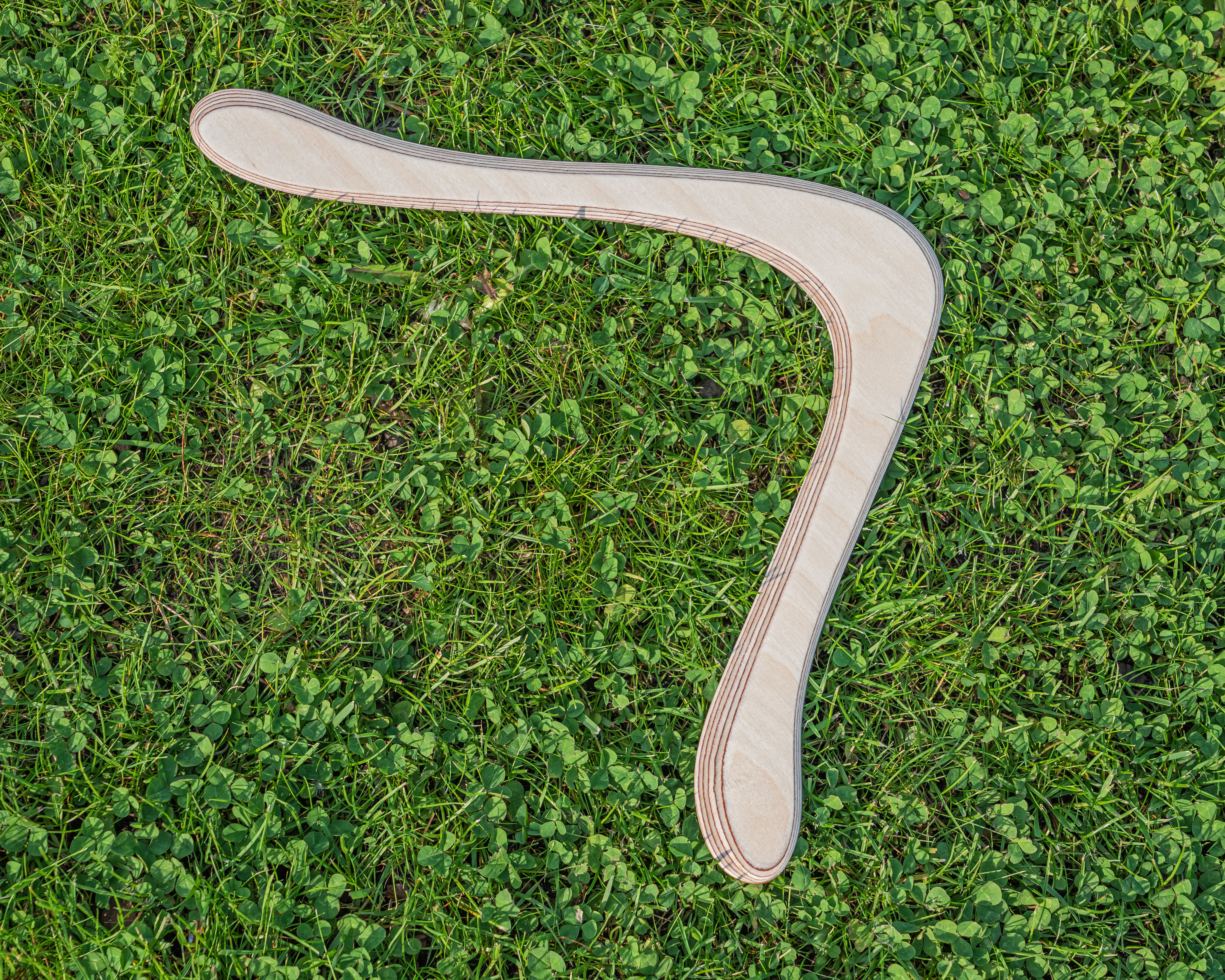|
Capricorn Mountain
Capricorn Mountain is one of the several volcanic peaks of the Mount Meager massif in southwestern British Columbia, Canada. The slopes of Capricorn Mountain appear to be more gentle than other volcanic peaks of the massif. The mountain consists of a boomerang-shaped ridge, with one summit on each end of the boomerang and the main summit in the centre. See also *List of volcanoes in Canada *Cascade Volcanoes *Garibaldi Volcanic Belt *Volcanism of Canada *Volcanism of Western Canada Volcanism of Western Canada has produced lava flows, lava plateaus, lava domes, cinder cones, stratovolcanoes, shield volcanoes, greenstone belts, submarine volcanoes, calderas, diatremes and maars, along with examples of more less common volcanic ... References Volcanoes of British Columbia Two-thousanders of British Columbia Stratovolcanoes of Canada Mount Meager massif Pleistocene stratovolcanoes {{BritishColumbia-geo-stub ... [...More Info...] [...Related Items...] OR: [Wikipedia] [Google] [Baidu] |
Mountains Of British Columbia
British Columbia is the westernmost province of Canada, bordered by the Pacific Ocean. With an area of it is Canada's third-largest province. The province is almost four times the size of the United Kingdom and larger than every United States state except Alaska. It is bounded on the northwest by the U.S. state of Alaska, directly north by Yukon and the Northwest Territories, on the east by Alberta, and on the south by the U.S. states of Washington, Idaho, and Montana. Formerly part of the British Empire, the southern border of British Columbia was established by the 1846 Oregon Treaty. The province is dominated by mountain ranges, among them the Canadian Rockies but dominantly the Coast Mountains, Cassiar Mountains, and the Columbia Mountains. Most of the population is concentrated on the Pacific coast, notably in the area of Vancouver, located on the southwestern tip of the mainland, which is known as the Lower Mainland. It is the most mountainous province of Canada. Statist ... [...More Info...] [...Related Items...] OR: [Wikipedia] [Google] [Baidu] |
Mount Meager Massif
The Mount Meager massif is a group of volcanic peaks in the of the Coast Mountains in southwestern British Columbia, Canada. Part of the Cascade Volcanic Arc of western North America, it is located north of Vancouver at the northern end of the Pemberton Valley and reaches a maximum elevation of . The massif is capped by several eroded volcanic edifices, including , volcanic plugs and overlapping piles of lava flows; these form at least six major summits including Mount Meager which is the second highest of the massif. The Garibaldi Volcanic Belt (GVB) has a long history of eruptions and poses a threat to the surrounding region. Any volcanic hazard ranging from landslides to eruptions could pose a significant risk to humans and wildlife. Although the massif has not erupted for more than 2,000 years, it could produce a major eruption; if this were to happen, relief efforts would be quickly organized. Teams such as the Interagency Volcanic Event Notification Plan (IVENP) are ... [...More Info...] [...Related Items...] OR: [Wikipedia] [Google] [Baidu] |
Two-thousanders Of British Columbia
Two-thousanders are mountains that have a height of at least 2,000 metres above sea level, but less than 3,000 metres. The term is used in Alpine circles, especially in Europe (e.g. German: ''Zweitausender''). The two photographs show two typical two-thousanders in the Alps that illustrate different types of mountain. The Säuling (top) is a prominent, individual peak, whereas the Schneeberg (bottom) is an elongated limestone massif. In ranges like the Allgäu Alps, the Gesäuse or the Styrian-Lower Austrian Limestone Alps the mountain tour descriptions for mountaineers or hikers commonly include the two-thousanders, especially in areas where only a few summits exceed this level. Examples from these regions of the Eastern Alps are: * the striking Nebelhorn (2,224 m) near Oberstdorf or the Säuling (2,047 m) near Neuschwanstein, * the Admonter Reichenstein (2,251 m), Eisenerzer Reichenstein (2,165 m), Großer Pyhrgas (2,244 m) or Hochtor (2,369&n ... [...More Info...] [...Related Items...] OR: [Wikipedia] [Google] [Baidu] |
Volcanoes Of British Columbia
British Columbia is the westernmost province of Canada, bordered by the Pacific Ocean. With an area of it is Canada's third-largest province. The province is almost four times the size of the United Kingdom and larger than every United States state except Alaska. It is bounded on the northwest by the U.S. state of Alaska, directly north by Yukon and the Northwest Territories, on the east by Alberta, and on the south by the U.S. states of Washington, Idaho, and Montana. Formerly part of the British Empire, the southern border of British Columbia was established by the 1846 Oregon Treaty. The province is dominated by mountain ranges, among them the Canadian Rockies but dominantly the Coast Mountains, Cassiar Mountains, and the Columbia Mountains. Most of the population is concentrated on the Pacific coast, notably in the area of Vancouver, located on the southwestern tip of the mainland, which is known as the Lower Mainland. It is the most mountainous province of Canada. Statist ... [...More Info...] [...Related Items...] OR: [Wikipedia] [Google] [Baidu] |
Volcanism Of Western Canada
Volcanism of Western Canada has produced lava flows, lava plateaus, lava domes, cinder cones, stratovolcanoes, shield volcanoes, greenstone belts, submarine volcanoes, calderas, diatremes and maars, along with examples of more less common volcanic forms such as tuyas and subglacial mound A subglacial mound (SUGM) is a type of subglacial volcano. This type of volcano forms when lava erupts beneath a thick glacier or ice sheet. The magma forming these volcanoes was not hot enough to melt a vertical pipe right through the overlying ...s. Volcanic belts * * * * * * * * * External links Erica A. Massey: A Comparative Study of Glaciovolcanic Palagonitization of Tholeitic and Alkaline Sideromelane in Helgafell, Icland, and Wells Gray-Clearwater Volcanic Filed, BC, Canada. B.Sc., The University of British Columbia, 2014 Volcanic fields * * * See also * * * * ReferencesVolcanoes of Canada . . . . {{Manitoba-geo-stub ... [...More Info...] [...Related Items...] OR: [Wikipedia] [Google] [Baidu] |
Volcanism Of Canada
Volcanic activity is a major part of the geology of Canada and is characterized by many types of volcanic landform, including lava flows, volcanic plateaus, lava domes, cinder cones, stratovolcanoes, shield volcanoes, submarine volcanoes, calderas, diatremes, and maars, along with less common volcanic forms such as tuyas and subglacial mounds. Though Canada's volcanic history dates back to the Precambrian eon, at least 3.11 billion years ago, when its part of the North American continent began to form, volcanism continues to occur in Western and Northern Canada in modern times, where it forms part of an encircling chain of volcanoes and frequent earthquakes around the Pacific Ocean called the Pacific Ring of Fire. Because volcanoes in Western and Northern Canada are in relatively remote and sparsely populated areas and their activity is less frequent than with other volcanoes around the Pacific Ocean, Canada is commonly thought to occupy a gap in the Ring of Fire between the ... [...More Info...] [...Related Items...] OR: [Wikipedia] [Google] [Baidu] |
Cascade Volcanoes
The Cascade Volcanoes (also known as the Cascade Volcanic Arc or the Cascade Arc) are a number of volcanoes in a volcanic arc in western North America, extending from southwestern British Columbia through Washington and Oregon to Northern California, a distance of well over . The arc formed due to subduction along the Cascadia subduction zone. Although taking its name from the Cascade Range, this term is a geologic grouping rather than a geographic one, and the Cascade Volcanoes extend north into the Coast Mountains, past the Fraser River which is the northward limit of the Cascade Range proper. Some of the major cities along the length of the arc include Portland, Seattle, and Vancouver, and the population in the region exceeds 10 million. All could be potentially affected by volcanic activity and great subduction-zone earthquakes along the arc. Because the population of the Pacific Northwest is rapidly increasing, the Cascade volcanoes are some of the most dangerous, due to th ... [...More Info...] [...Related Items...] OR: [Wikipedia] [Google] [Baidu] |
List Of Volcanoes In Canada
List of volcanoes in Canada is an incomplete list of volcanoes found in Mainland Canada, in the Canadian islands and in Canadian waters. All but one province, Prince Edward Island, have at least one volcano. Alberta British Columbia New Brunswick Newfoundland and Labrador Northwest Territories Nova Scotia Nunavut Ontario Quebec Saskatchewan Yukon See also * Outline of Canada * Bibliography of Canada * Index of Canada-related articles * Volcanism of Canada ** Volcanism of Northern Canada ** Volcanism of Western Canada ** Volcanism of Eastern Canada ** List of Northern Cordilleran volcanoes * List of mountains in Canada * List of Cascade volcanoes External links Catalogue of Canadian Volcanoes {{Canadian volcanism Canada Volcanoes Volcanoes Volcanoes A volcano is a rupture in the crust of a planetary-mass object, such as Earth, that allows hot lava, volcanic ash, and gases to escape from a magma chamber below the surface. On Earth, ... [...More Info...] [...Related Items...] OR: [Wikipedia] [Google] [Baidu] |
Boomerang
A boomerang () is a thrown tool, typically constructed with aerofoil sections and designed to spin about an axis perpendicular to the direction of its flight. A returning boomerang is designed to return to the thrower, while a non-returning boomerang is designed as a weapon to be thrown straight and is traditionally used by some Aboriginal Australians for hunting. Historically, boomerangs have been used for hunting, sport, and entertainment and are made in various shapes and sizes to suit different purposes. Although considered an Australian icon, ancient boomerangs have also been discovered in Africa, the Americas, and Eurasia. Description A boomerang is a throwing stick with aerodynamic properties, traditionally made of wood, but also of bone, horn, tusks and even iron. Modern boomerangs used for sport may be made from plywood or plastics such as ABS, polypropylene, phenolic paper, or carbon fibre-reinforced plastics. Boomerangs come in many shapes and sizes dependin ... [...More Info...] [...Related Items...] OR: [Wikipedia] [Google] [Baidu] |
Canada
Canada is a country in North America. Its ten provinces and three territories extend from the Atlantic Ocean to the Pacific Ocean and northward into the Arctic Ocean, covering over , making it the world's second-largest country by total area. Its southern and western border with the United States, stretching , is the world's longest binational land border. Canada's capital is Ottawa, and its three largest metropolitan areas are Toronto, Montreal, and Vancouver. Indigenous peoples have continuously inhabited what is now Canada for thousands of years. Beginning in the 16th century, British and French expeditions explored and later settled along the Atlantic coast. As a consequence of various armed conflicts, France ceded nearly all of its colonies in North America in 1763. In 1867, with the union of three British North American colonies through Confederation, Canada was formed as a federal dominion of four provinces. This began an accretion of provinces an ... [...More Info...] [...Related Items...] OR: [Wikipedia] [Google] [Baidu] |
Climbing
Climbing is the activity of using one's hands, feet, or any other part of the body to ascend a steep topographical object that can range from the world's tallest mountains (e.g. the eight thousanders), to small boulders. Climbing is done for locomotion, sporting recreation, and for competition, and is also done in trades that rely on ascension; such as emergency rescue and military operations. Climbing is done indoors and outdoors and on natural (e.g. rock and ice) and artificial surfaces. Professional mountain guides or rock climbing guides (e.g. the UIAGM), were a significant element in developing the popularity of the sport in the natural environment, and remain so today. Since the 1980s, the development of competition climbing and the availability of artificial climbing walls have dramatically increased the popularity of rock climbing as a sport and led to the emergence of professional rock climbers, such as Wolfgang Güllich, Chris Sharma, Lynn Hill and Catherine ... [...More Info...] [...Related Items...] OR: [Wikipedia] [Google] [Baidu] |
British Columbia
British Columbia (commonly abbreviated as BC) is the westernmost province of Canada, situated between the Pacific Ocean and the Rocky Mountains. It has a diverse geography, with rugged landscapes that include rocky coastlines, sandy beaches, forests, lakes, mountains, inland deserts and grassy plains, and borders the province of Alberta to the east and the Yukon and Northwest Territories to the north. With an estimated population of 5.3million as of 2022, it is Canada's third-most populous province. The capital of British Columbia is Victoria and its largest city is Vancouver. Vancouver is the third-largest metropolitan area in Canada; the 2021 census recorded 2.6million people in Metro Vancouver. The first known human inhabitants of the area settled in British Columbia at least 10,000 years ago. Such groups include the Coast Salish, Tsilhqotʼin, and Haida peoples, among many others. One of the earliest British settlements in the area was Fort Victoria, established ... [...More Info...] [...Related Items...] OR: [Wikipedia] [Google] [Baidu] |







